NEO SHIBUYA TV - The Art Project Redefining Billboards in Tokyo
© Demonstale
Among Tokyo’s sign-saturated streetscapes of hard-sell billboards, NEO SHIBUYA TV has turned to a unique way of using digital ad screens: promoting works of different visual artists and street culture tastemakers.
Launched by Shibuya Television, NEO SHIBUYA TV is an art project that offers the platform to broadcast artists’ works from eight huge digital screens and 85 small digital screens in Shibuya.
“I love their project and curating line,” says Regina Demina, a multifaceted artist based in Paris, France. “It’s crazy, generous, and very audacious to show videos of contemporary artists in the commercial billboard of Shibuya.”
When Demina’s DREAMCORE work popped up as NEO’s BGM Project series in early November, it invited viewers into a blurred world of reality and fantasy. A melancholy elf in ballet-core fashion wanders into a misty forest. Two damaged woman-children adorned in pastel pink doll-core aesthetic present a resolute femininity.
“DREAMCORE is a slightly melancholy story, personal mythology,” says Demina. “It was really a dream to see in a big screens in Shibuya. I had a brain freeze when I had see it because in that one, Japanese subculture is very present by aesthetic.”
NEO’S CURATING LINES
NEO launched its first video series titled, “youth of today” back in 2018. The concept was to feature different young creatives from Shibuya’s youth culture scene. Shot with a VR lens, the very first video followed Issei Mori, a young skater from the Osaka-based skate team WASTED YOUTH SKATEBOARD, gliding through the city of Shibuya. Inviting passers-by to immerse in Japan’s skate scene, the video perfectly captured the motions and sounds of Mori’s board slapping, swishing, grinding, and thrashing the city’s concrete. Since then, NEO has been spreading the different voices of youth, art, and street culture through the Shibuya screens.
Today, NEO SHIBUYA TV curates an array of works by a wide range of visual artists and street culture makers, not just from Japan but also from abroad, to be broadcast on the digital screens of Shibuya.
A Virtually Unmissable Presence In Shibuya
Given that NEO is operated on eight large screens that cover almost the entire area of the main streets, including the iconic Shibuya Scramble Crossing in front of the Shibuya Station, it is “an omnipresent force that’s virtually unmissable if you walk around Shibuya,” says Jeron Braxton, a self-taught animator based in Indiana.
Braxton’s Dopamine video art which was projected in mid-June captivated many people for its happy, trippy, and gripping feel. Characterized by a low poly animation style that pays homage to the 90s and early 2000s video game aesthetic, Dopamine is a video art piece that explores the theme of addiction driven by the pursuit of dopamine through Oxy Cottontail, a demon character in Braxton’s fictional universe which feeds on the negative energy of people’s addiction.
“We are in an age of screen addiction and I wanted to put Oxy on the largest screen overlooking the people of Shibuya as many of them have their heads buried in their phones. Oxy is a very cute depiction of a sinister force much like a highly addictive or toxic pill is as inviting as candy. Much like candy, our phones on the surface are inviting pieces of technology; however they are starting to take a toll on the environment and overall human health,” says Braxton. “Putting this video on the phone, TV, and the ultimate screens of Tokyo that seem to watch us made the piece full circle and a reflection of the times.”
Although Dopamine poses a grave issue in today’s precarious digital life on Shibuya’s screen, Braxton nonetheless wants “people to feel the same way they feel when they bite into their favorite candy; sure it rots your teeth and poisons your body but it tastes sweet and it's a fun treat. This is a fun treat for your eyes.”
Draws Tokyoites Into An Immersive Healing World
Creating an interactive pedestrian experience through NEO’s billboard is what other moving image artists like fingacode and Demonstale also aimed to achieve through their respective works.
In the first week of October, the busy Tokyoites saw psychedelic-colored shapes flowing and deforming rapidly across Shibuya’s small digital screens. Against a healing background music, vividly colored red, yellow, green, and blue slime-like forms collectively crawled and flowed together as a mysterious entity.
“When we’re busy, we often forget to take in the environment that surrounds us,” says fingacode, a multidisciplinary creative from Cameroon whose work was presented across 84 screens scattered in Miyashita Park as part of NEO’s 30 seconds museum series. “My use of bright colours and psychedelic aesthetic in these works was me trying to reach out, grab attention and slow time down for the viewer.”
The work combined interactive art with human inputs like voice, motion, and video. “The meaning of these interactions is open to interpretation but for me it was about taking a break from the noise of life, releasing my inner child and just playing,” says fingacode.
Demonstale is an artist and creative director whose work was featured by NEO as part of the 30 seconds museum series in mid-November. Through a combination of 3D art, photography, and interconnected cinematic pieces, it took viewers on the journey of a fantastical universe.
“With my work, I aim to transport the audience to otherworldly realms where they can connect with their subconscious, emotions, memories, and experiences,” says Demonstale. Bringing the flat screen of the usual billboard into an immersive dive into a unique ecosystem called “Enter The Dreams,” the video featured elements of nature, mythical creatures, medieval elements, liminal spaces, and dark fantasy. “I strive to create a sensory journey, told from a dreamlike perspective, and to craft a fantastical atmosphere around my creations. This gives life to a unique ecosystem I call Enter The Dreams,” says Demonstale.
© Demonstale
A Still Mysterious Project
Though NEO SHIBUYA TV establishes itself as an eye-catching projection that catches so many people’s attention walking those iconic streets, the exact identities of the people handling this art project are still enigmatic.
“To be honest, the first time they were brought to my attention was when they contacted me on Instagram in October. They mentioned they had a copy of my book (Spiralled) so that is how they became aware of my work,” says Seana Gavin, a London-based artist whose 90s rave photography work was featured as part of NEO’s 30 seconds museum series in the first week of December. “They are just as mysterious to me. I don’t know a lot about them as a collective or their background, or how/why they have access to these digital billboards,” says Gavin.
Describing her featured work as “a sequence of photographs that I took between 1993-2003 when I was heavily involved in the illegal, free party movement in London and across Europe,” Gavin hopes that “it made some people curious about the story behind the images.” Given that the material shown in her work was taken from such a different era, “I hope it transported some viewers to that moment in time while being surrounded by a contrasting modern-day, urban environment.”
Although Gavin originally captured those moments of free festivals, raves, and peaceful parties in open fields and disused industrial buildings just for herself and her friends, she saw the screening at Shibuya as a great opportunity to expose her photographs to a new audience on the other side of the world.
“I felt honoured to be shown among their selection. I thought it was also a great opportunity to show my work in such an iconic, central area of Tokyo,” says Gavin.
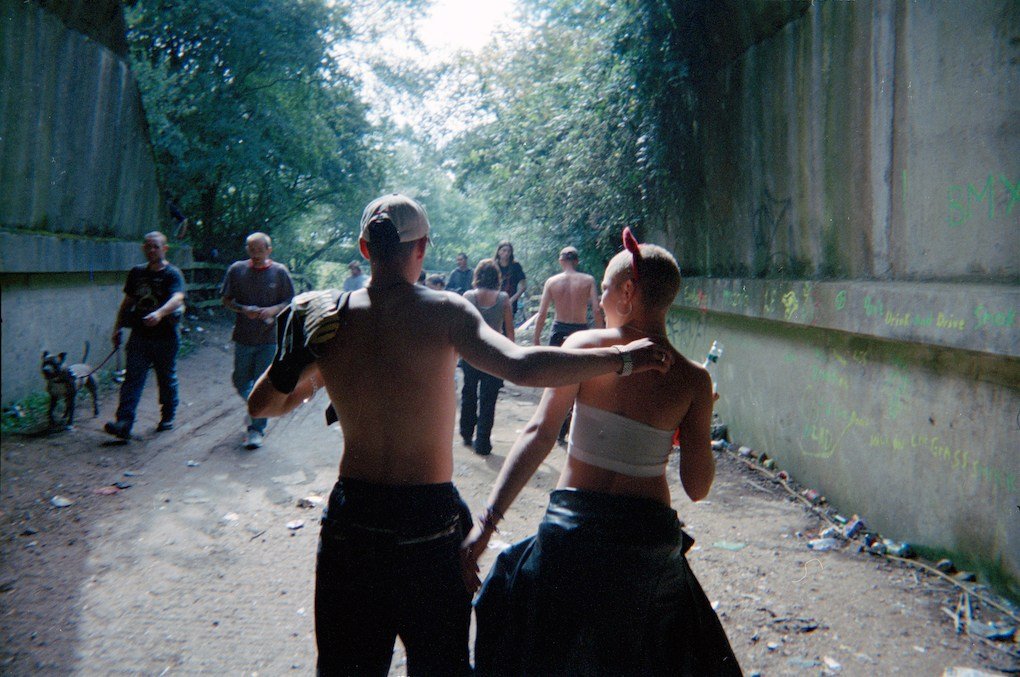
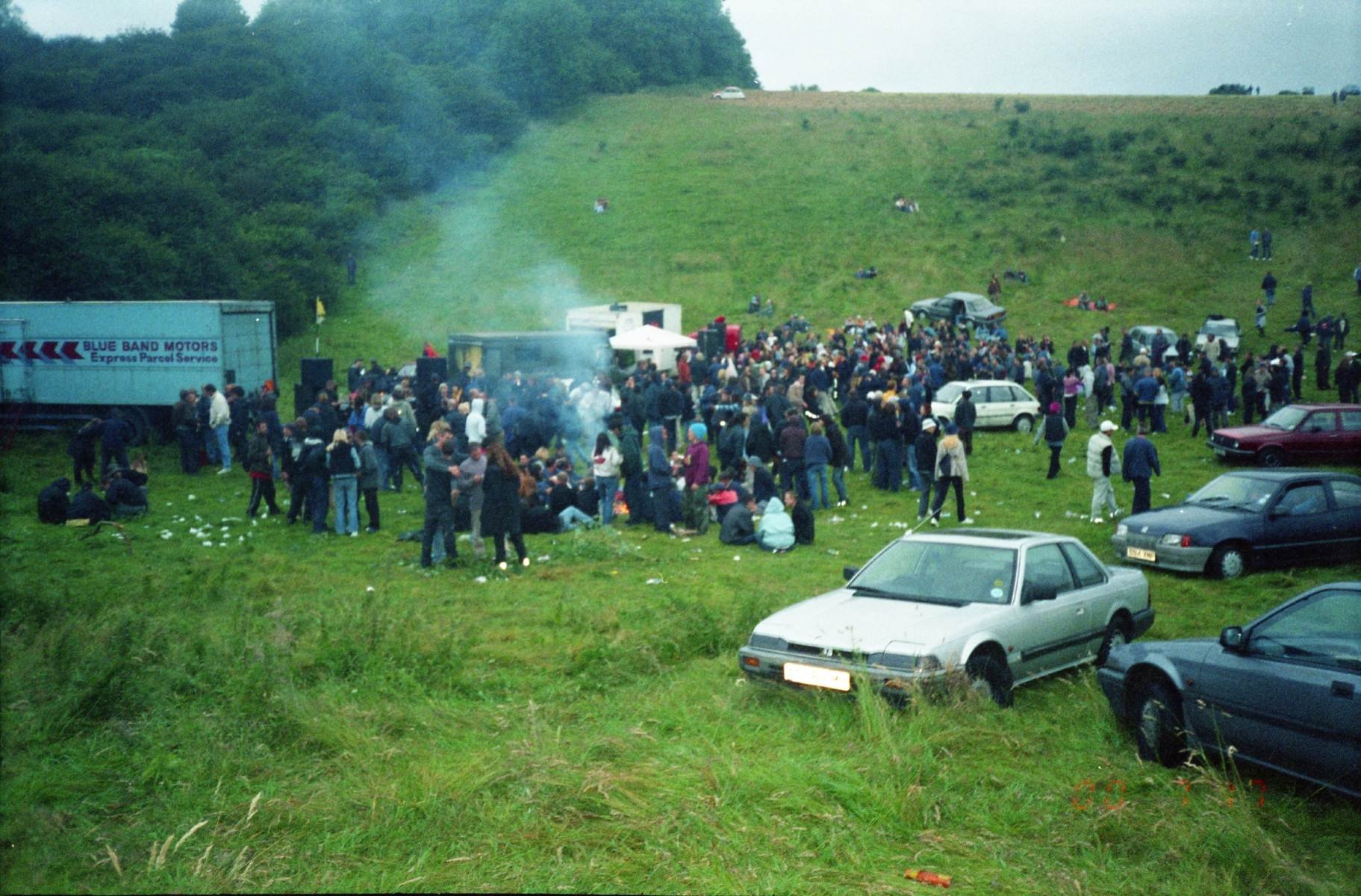
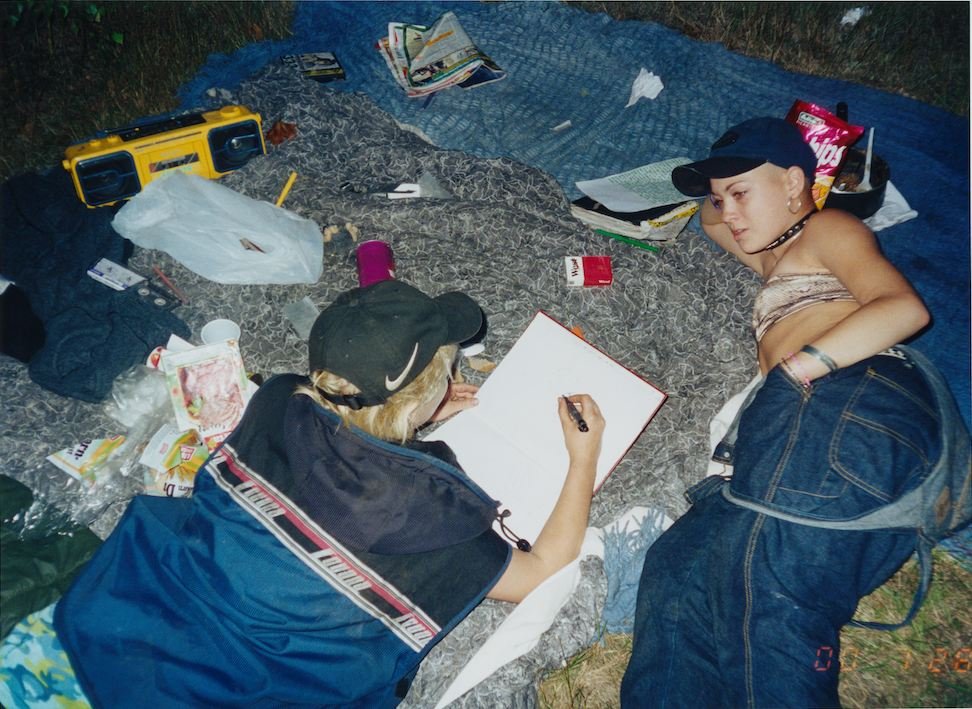
With the aim of connecting art, culture, and music with one of the most important districts in Tokyo, NEO SHIBUYA TV’s broadcast is all about promoting street culture over commercialism. Unlike many digital screens in Tokyo that usually feature the hyper-commercial vertical sprawl of major companies or flashing neon billboard advertisements of the latest cell phones and pop stars, NEO aims to purely present the exciting street culture as well as discover unknown new artists.
Til now, NEO has also curated works of some big street culture icons, including VERDY, Takashi Murakami x Billie Eilish, Nike x CAV EMPT, A$AP Rocky, American contemporary artist Tom Sachs, and graphic designer Kosuke Kawamura.
As a cultural epicenter, Shibuya has always valued the city’s coexistence with culture as well as subculture. For example, the city closed off part of the road to hold a runway on one of its streets for Shibuya Fashion Week AW 2024. Still, NEO SHIBUYA TV’s broadcast captures a new slice of the possibility of Tokyo further becoming a strong breeding ground for street culture.
“It’s an incredible way to bring art closer to people and offers artists a valuable opportunity to gain recognition,” says Demonstale. “I’d love to see something similar in my own city — a place where you can walk the streets and discover an entire ecosystem of artists and diverse creations. It would be such a beautiful and immersive sensory experience.”
For many yet-to-be-discovered street culture icons and artists today, NEO has become a vital platform for them to be spotted outside the screens of social media and out of the algorithm loop.



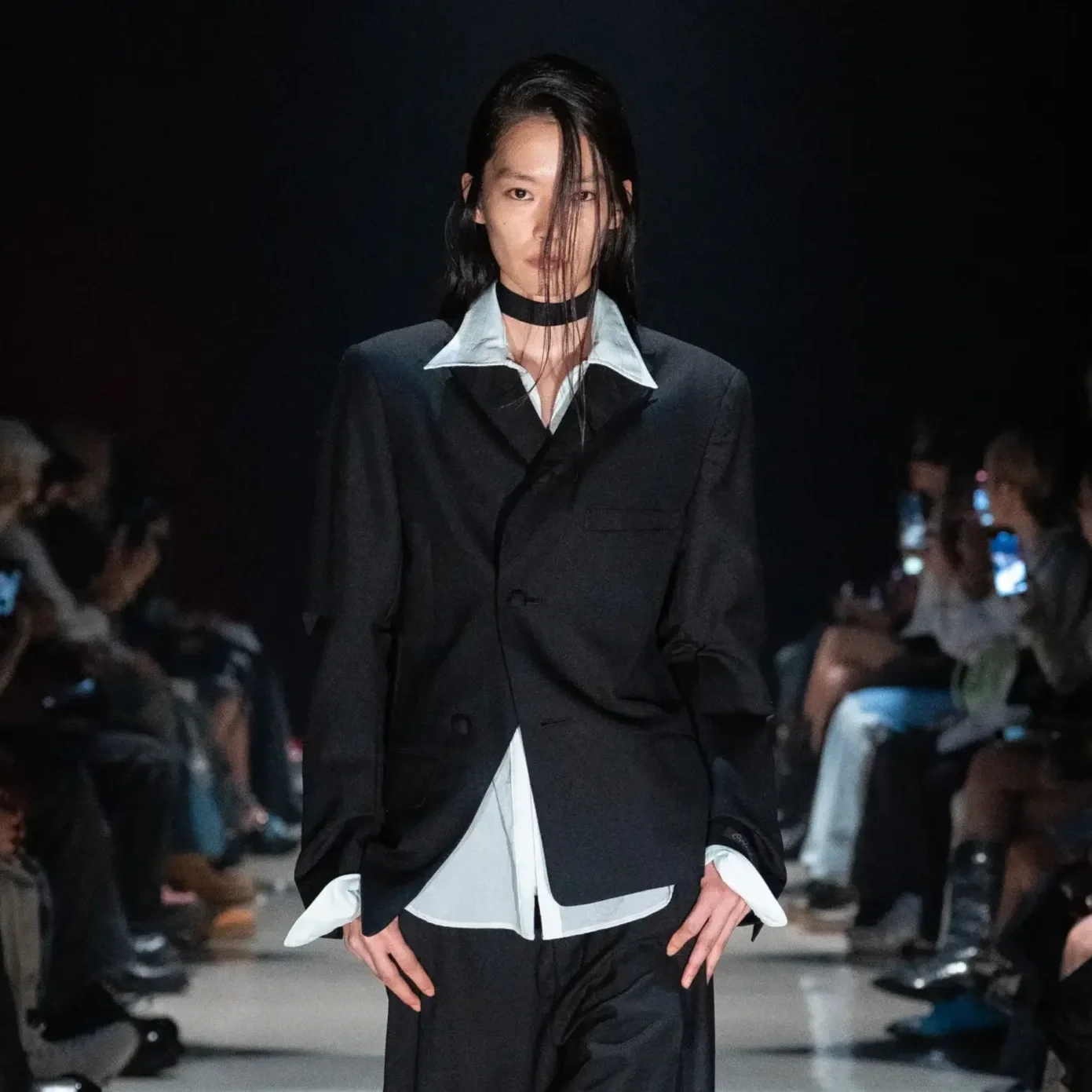

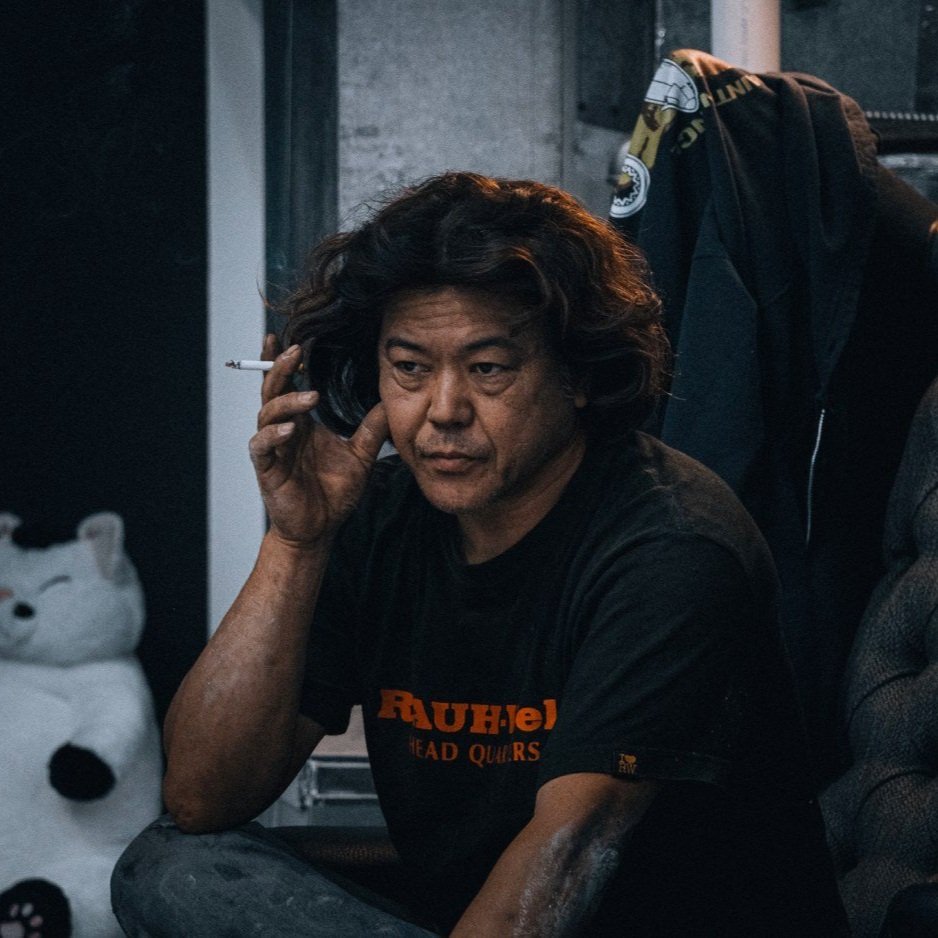
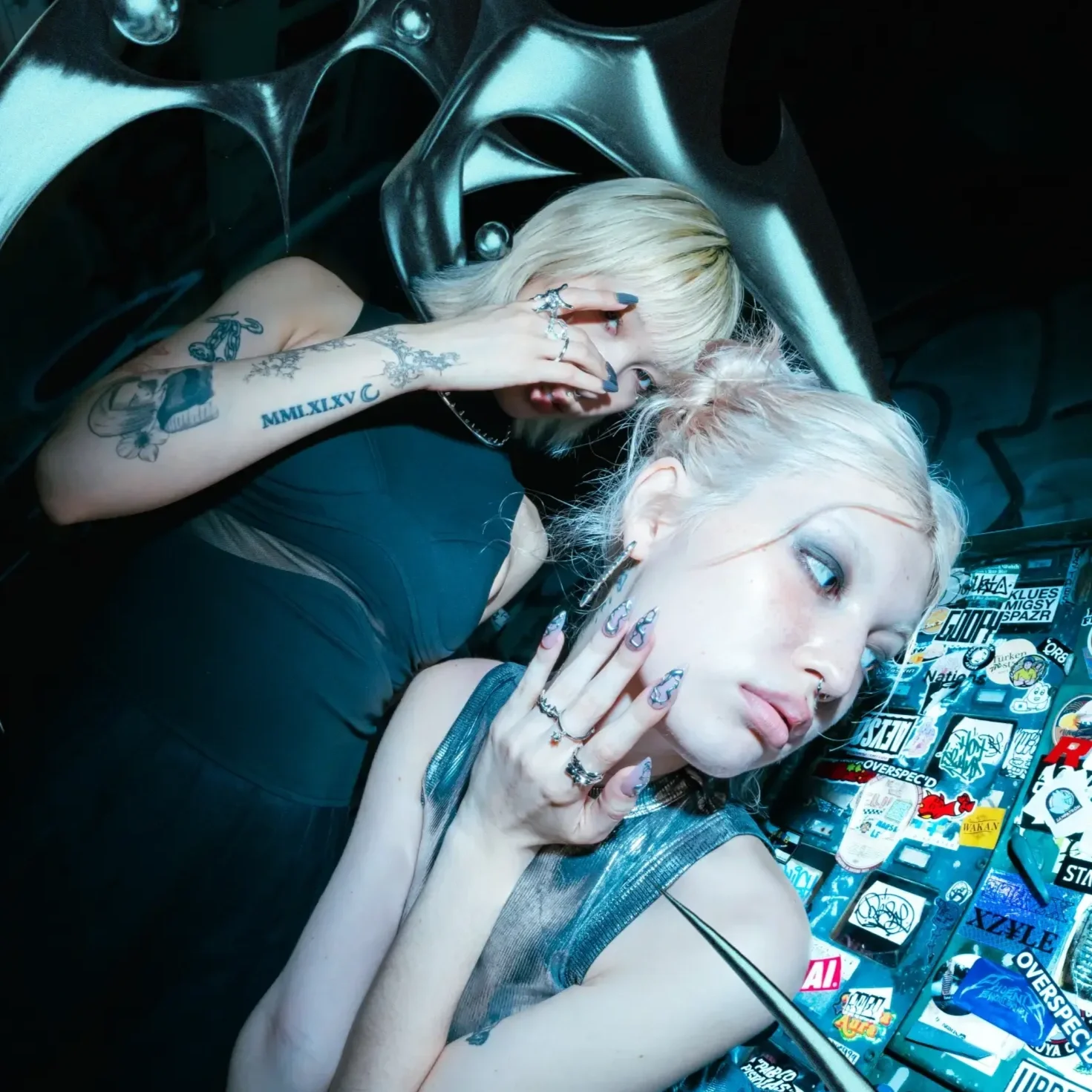
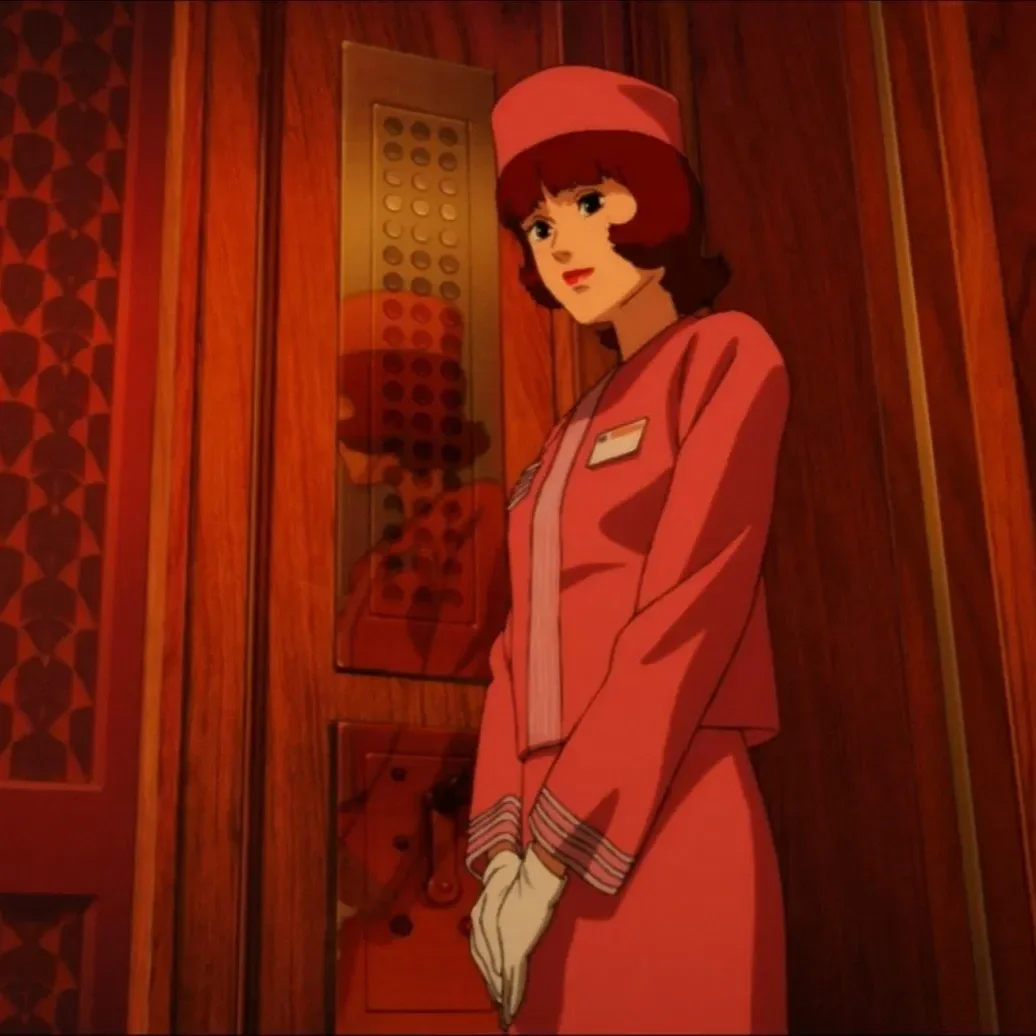
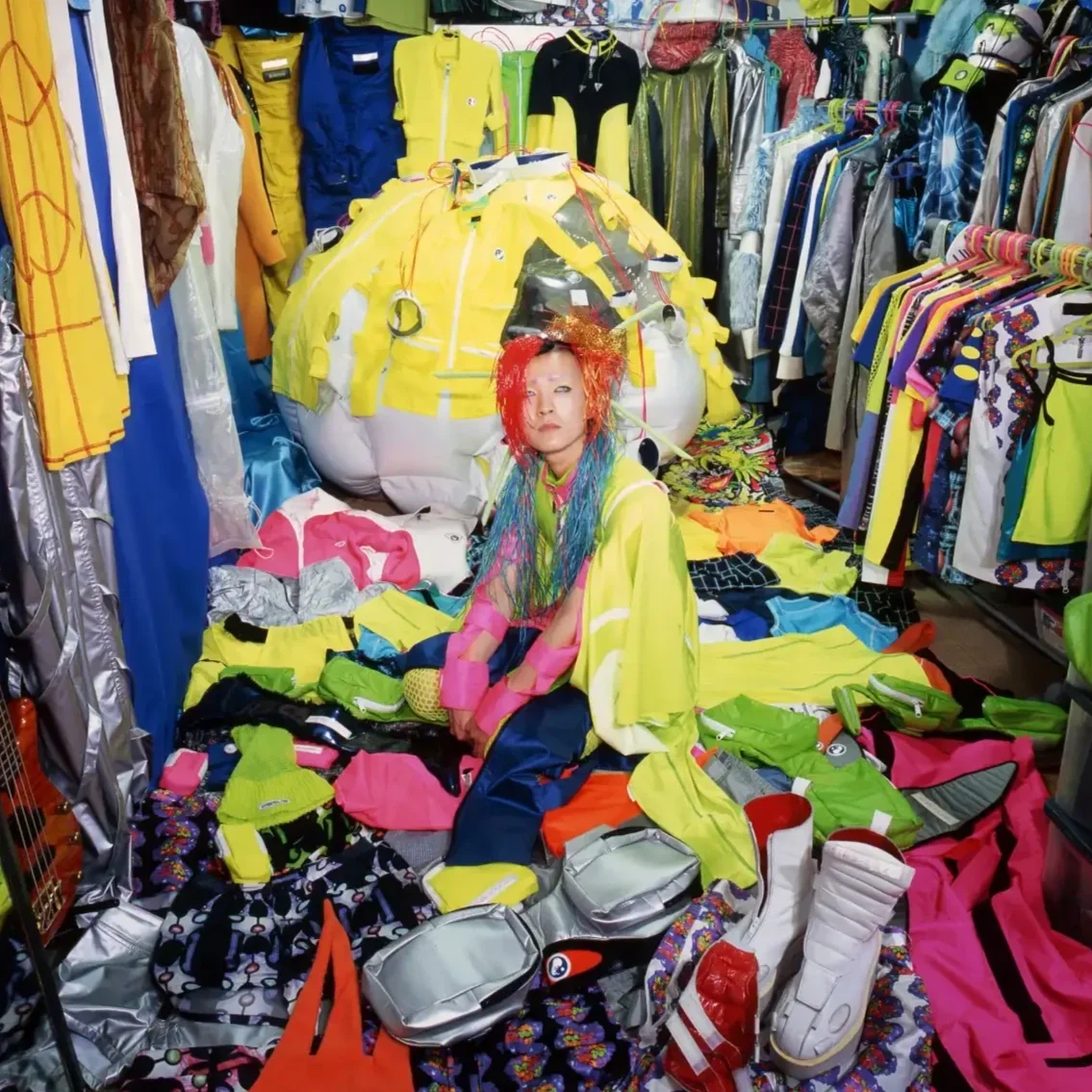
Shinsei Galverse blends NFTs, gyaru culture, and futuristic anime storytelling.